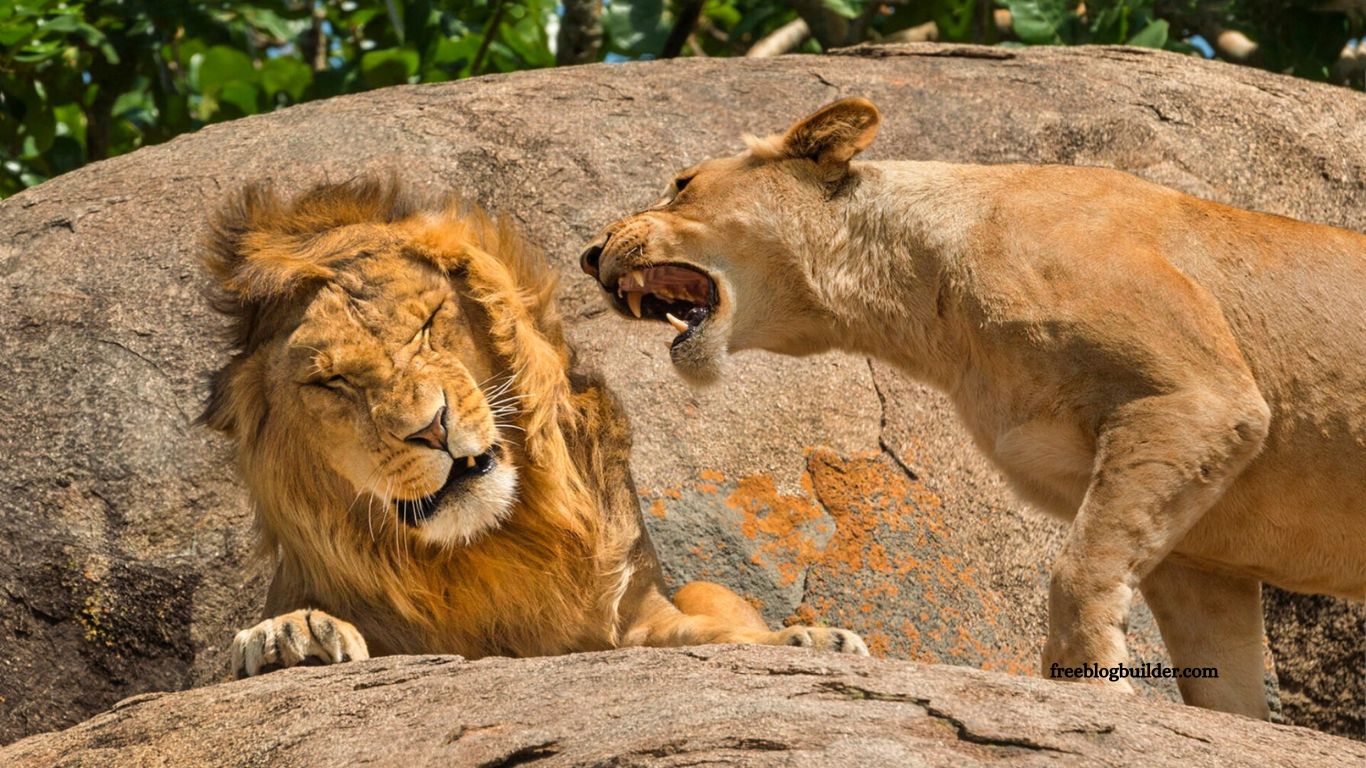In a move that has ignited a wave of public backlash, a zoo in Denmark has made an eyebrow-raising request: asking visitors to consider donating their unwanted pets such as rabbits, guinea pigs, and chickens to be euthanized and used as food for its carnivorous animals. The request, issued by Aalborg Zoo via a Facebook post, was framed as part of the facility’s commitment to animal welfare and maintaining natural feeding behaviors.
However, the zoo’s attempt to align ethical husbandry with ecological realism has instead sparked outrage across social media platforms, where critics have accused the institution of callousness and poor judgment.
Read More: Google’s Smart Home Platform Faces Growing Strains
A Controversial Appeal for Animal Donations
Aalborg Zoo in Denmark has come under fire after issuing a provocative request to the public: consider donating your unwanted pets such as chickens, rabbits, or guinea pigs—as food for the zoo’s carnivores. The appeal, shared via a Facebook post, was framed as an effort to replicate natural food chains within the zoo environment and support predator welfare.
“Chickens, rabbits and guinea pigs form an important part of the diet of our predators,” the zoo wrote, noting that these animals are “reminiscent of what [carnivores] would naturally hunt in nature.”
The zoo emphasized that such practices are rooted in professional zoological standards:
- “In zoos, we have a responsibility to emulate the animal’s natural food chain – for both animal welfare and professional integrity.”
“Nothing Is Wasted” – Zoo Defends Ethical Grounds
To preempt concerns over animal cruelty, the zoo added that any donated animals are humanely euthanized by trained staff before being used as food. The process, it said, is intended to ensure the health and natural behavior of the predators in their care.
- “In this way, nothing is wasted – and we ensure natural behavior, nutrition, and well-being of our predators.”
This isn’t the first time the zoo has made such a request. Previously, Aalborg Zoo called for the donation of horses another animal often considered a companion rather than prey—to feed their big cats and other carnivorous residents.
Backlash on Social Media
The response from the public was swift and intense. Social media users flooded the comment section of the zoo’s post with criticism, calling the appeal “perverse,” “sick,” and “deeply degrading.”
One commenter wrote (translated from Danish):
“How sick are you to think of something like that?”
Another added:
“This is a joke, right? No one would bring a healthy pet to a zoo so they can kill it and feed it to the animals.”
In light of the backlash, the zoo edited the original post to shut down comments and discourage further hostility:
“After great international interest, we have chosen to close the comment track on this lookup. We understand that the call arouses emotion and interest, but hateful and vicious rhetoric is not necessary – and we urge to maintain the good tone.”
A Clash of Perspectives
The incident underscores a disconnect between professional zoological practices and public sentiment, particularly regarding the emotional bond people have with pets. While those working in animal care may see donated livestock or small pets as a sustainable resource, the general public often views such animals as companions, not commodities.
The zoo’s logic while scientifically grounded may have failed to account for the emotional weight of the request. As one observer noted, the suggestion may have landed better if it had come from a farming context rather than an institution associated with education and family entertainment.
Gizmodo has reached out to Aalborg Zoo for further comment. At the time of writing, no additional statement has been issued.
Frequently Asked Questions (FAQ)
What did Aalborg Zoo request from the public?
The zoo asked visitors to consider donating small domestic animals—such as chickens, rabbits, and guinea pigs—that they could no longer keep, to be used as food for their carnivorous animals.
Why did the zoo make this request?
According to Aalborg Zoo, the goal is to replicate a natural diet and food chain for its predators. Feeding them whole animals is considered part of good animal welfare practices, promoting natural behavior and nutritional health.
Are the animals killed in front of visitors?
No. The zoo stated that all animals are euthanized humanely by trained staff out of public view before being given as food.
What kinds of animals were they accepting?
The zoo’s post specifically mentioned chickens, rabbits, and guinea pigs. In a previous request, the zoo also called for horse donations, which drew similar criticism.
Was the donation of pets mandatory or widespread?
No. The request was entirely voluntary, and only for animals that owners could no longer care for. The zoo did not provide information on how many animals, if any, had been donated.
Why did this cause such a strong public reaction?
Many people consider pets to be family members, not livestock or feed. The idea of handing over a healthy pet only for it to be killed and used as food clashed with public sentiment, especially on social media.
Conclusion
Aalborg Zoo’s appeal for pet donations may have been grounded in established animal welfare practices, but the public reaction highlights a deeper divide between institutional norms and societal values. While the zoo aimed to support the natural behaviors and health of its carnivores, the language and framing of the request struck a nerve with pet owners and animal lovers worldwide.


